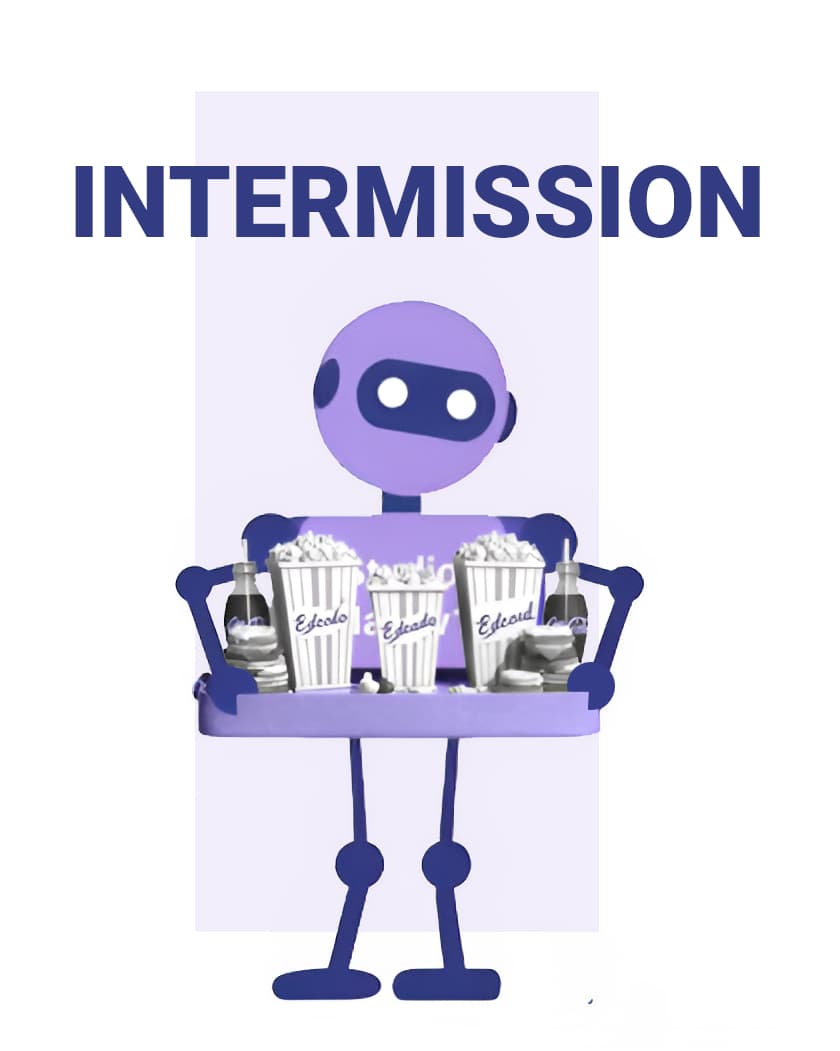AI in design isn’t just hype. This article looks at how design studios use AI in practice: not necessarily to replace designers, but to extend their creativity and workflows.
From scalpels to silicon: why design is changing (again)
We’re at another turning point in the history of graphic design.
In the mid-80s, Apple Macs replaced scalpels, wax rollers and paste-up boards with the glow of a monitor. Markup sheets became mouse clicks, and traditionalists either fumed or adapted. By the 90s, the web connected us all, and design suddenly had to sit side by side with code.
Now it’s AI. Like the Mac, it is changing workflows and production, not just the creative side but the admin too. Some embrace it, others bristle (as before). From concepting and storytelling to tone of voice and operational tasks, studios are experimenting fast.
Like the Mac in the 80s, AI isn’t killing design. It’s changing how we work.
Why agency choices affect everyone
Why write this as a freelancer, not an agency insider? Because agency choices ripple outwards from clients and collaborators to people like me when they need extra hands.
It also raises bigger questions. Where should we draw the line with AI, and how open should we be about using it? If the outcome is still a crafted solution, does it matter how it was shaped? The move from paste-up to Mac sparked the same outrage, yet proved to be just another tool. Is AI the same, or something more insidious?
If there’s one big takeaway, it’s this: agencies aren’t using AI to replace creativity (I mean that’s still their raison d’être). No, they see the craft of design as the human element to protect and champion with AI the backroom assistant.
If the outcome is still a crafted solution, does it matter how it was shaped?
10 practical ways studios are already using AI
So, here’s a snapshot from my own research (well, trawling through Design Week’s archives). Not every agency uses all of them, but together they show where the industry is heading and what aspects of AI are being used.
Way 1:
Concept expansion & moodboards
Studios are using AI to generate visual studies faster, spark new directions, and overcome creative blocks.
Way 2:
Naming & brand voice exploration
Wordplay, tone of voice experiments, and divergent naming routes are all areas where AI helps teams ideate more broadly, before refining down to the best human-led options
Way 3:
Storytelling & copy variants
Studios are leaning on AI to spark alternative narratives and generate multiple ways to frame a brand story. This speeds up exploration without replacing the human editor.
Way 4:
Prototyping visuals
From campaign mockups to product screens and motion ideas, AI can create prototypes in minutes that once took days, helping teams and clients see problems and possibilities earlier.
Way 5:
Operational efficiency
AI isn’t just creative, it’s administrative too. Studios are using it to generate meeting notes, draft documentation, and repurpose content.

Way 6:
Training and skills building
Some teams are formalising prompt training and even ethics workshops, ensuring designers use AI effectively and responsibly.
Way 7:
Custom tools & frameworks
Forward-thinking studios are building proprietary tools that combine AI with their own strategy or workflow, moving beyond off-the-shelf software.
Way 8:
Client transparency
Clear disclosure policies are becoming standard, with studios making it explicit when and how AI is involved in the creative process.
Way 9:
Accessibility and inclusion checks
AI can highlight issues like colour contrast, legibility, or bias in imagery, helping ensure designs are usable and inclusive.
Way 10:
Pushing boundaries playfully
Lastly, but perhaps, most importantly, AI is giving designers permission to play by testing ideas that would have been too slow, costly, or impractical in the past.
The big picture
Taken together, these ten approaches show how some studios are experimenting with AI (not to replace the craft of design, but to support it). The common thread is that AI sits in the background, expanding capacity and speeding up workflows, while the human element remains at the centre.
AI isn’t a replacement for experience, curiosity, or empathy. Instead, it compounds them. That’s why generalists, those who can move between disciplines and adapt quickly, are especially well-placed to get the most from it.
For more on that perspective, see my article The rebirth of the generalist.
The question isn’t whether to use AI, but whether we can afford not to.
A personal takeaway
If some agencies are already weaving AI into their process, why shouldn’t independents like me? The same tools that make studios faster and more flexible can give freelancers an edge too, as long as we use them thoughtfully, keep craft at the centre, and stay transparent with clients.
Just as the Mac separated those who adapted from those who didn’t in the 80s, AI may do the same now (for freelancers and agencies alike). The question isn’t whether to use it, but whether we can afford not to.
Finally, we need to consider the ramifications of agency use of AI on the entry point for young graduates. Some of the tasks that AI handles today (quick layouts, artwork tweaks, naming explorations) overlap with the kind of work juniors often cut their teeth on. So what happends to them? Does the use of AI reduce the availability of junior roles and/or does it change nature of the the roles they step into? It’s a challenge for both the industry and education.
The need for new designers isn’t going away. But the roles they step into may look very different.